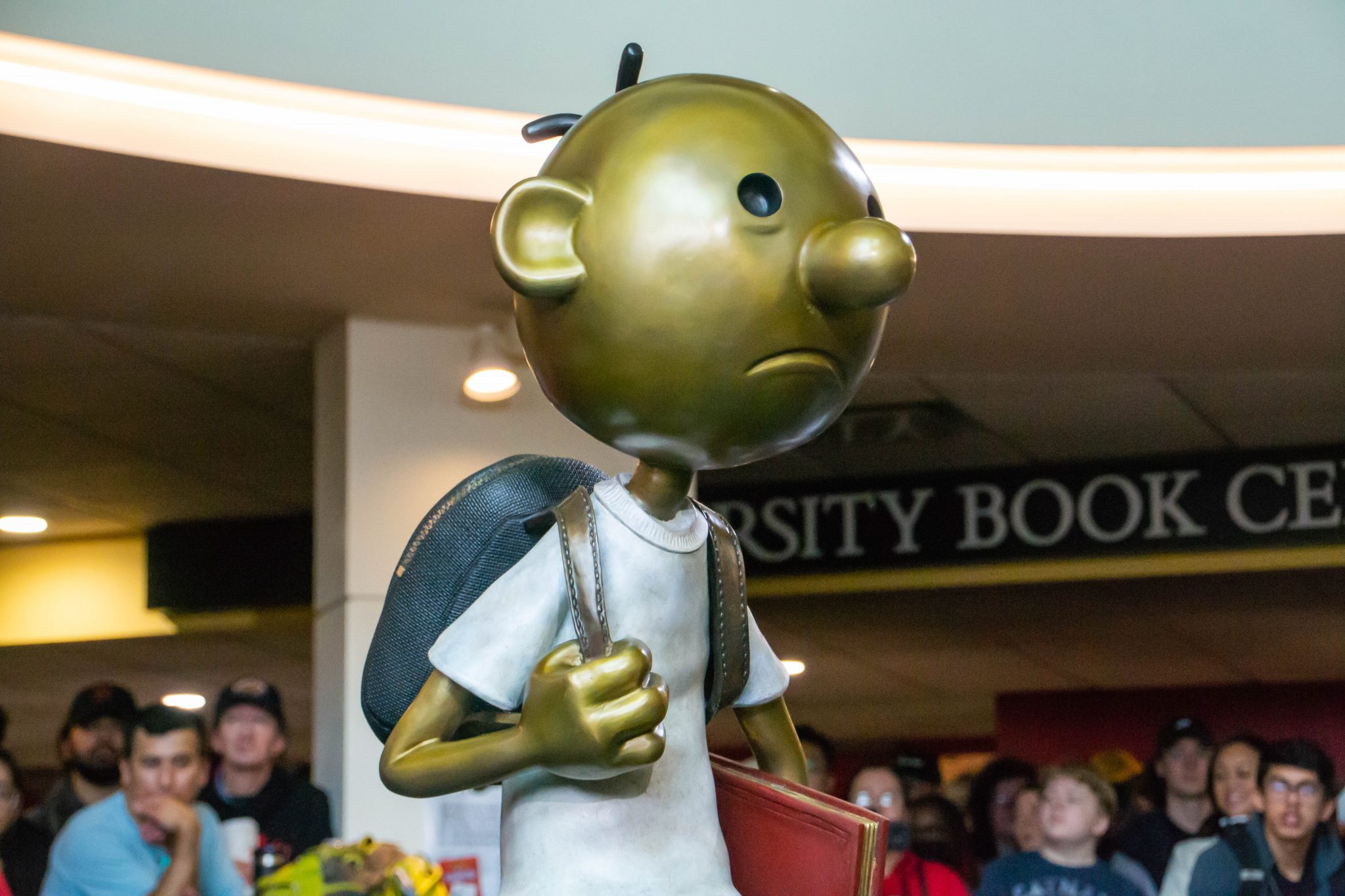Views expressed in opinion columns are the author’s own.
Last week, I had the honor of attending Muppet Vision 3D at Disney World’s Hollywood Studios in Orlando. What was once a local television show created by a University of Maryland freshman now occupies a whole section of one of the country’s top vacation destinations.
Jim Henson’s tenure at this university became statue-worthy. Then Jeff Kinney and Aaron McGruder published comic strips for The Diamondback before they went on to make Diary of a Wimpy Kid and The Boondocks. These graduates were both artists and entrepreneurs, creating worlds and marketing them to publishers.
This university can continue producing these creative, world-building titans if it invests in them. It should create a program focused on independent art and business to teach students how to develop, publish and promote their own fictional series.
This university’s design cultures & creativity living-learning program has shown the feasibility of interdisciplinary collaborations between different university departments. The worldbuilding program I’m proposing has more specific goals for its students. It will build creative design and entrepreneurial skills over a summer semester, which allow for more focused work than in a fall or spring term.
My program would involve seminars in creative writing, digital art, marketing and entrepreneurship guided by professors from the arts and humanities college and business school.
To apply to my proposed worldbuilding program, students would pitch stories, characters and premises they seek to develop. There should be no restrictions based on the applicant’s major or pre-program skillset. Larry David, who majored in history at this university, recently told fellow comedian Conan O’Brien that his area of study did not hinder his creative abilities. The same is true for students today — creating a story could appeal to anyone, regardless of major.
By the end of the summer term, students would have some kind of pilot episode, comic strip or short story that would be posted to a permanent virtual gallery and promoted in a university-circulated email. This capstone project is not designed to be the end of the journey, but rather a launching point from which students can continue working on their projects independently.
This investment in student creativity and enterprise will pay off for the university, given the rise of independent animation. Cartoon shows such as Hazbin Hotel and The Amazing Digital Circus are hits online, and the former was picked up by Amazon Prime Video for a full season. Still, a series can be immensely successful regardless of where it’s published.
This university is uniquely qualified to pilot a program like this, not just due to its alumni base. It would involve the arts and humanities college and the business school, which could each employ premier experts in their respective fields to provide valuable advice for students.
The university could see a significant return on its investment if the success of past alumni in the field is any indication. Last year, Kinney donated a bronze statue of his books’ star, Greg Heffley, to this university. It instantly became an attraction.
With the skills gained in the program, students could find a format that works best for their story and learn the tools to keep producing installments. They can also meet like-minded students who could become collaborators.
The world of animation is competitive, with a lot of artists vying for the attention of a few publishers. But this program could empower many students to break into the industry by connecting them with aforementioned alumni and industry experts, or by being their own publishers online.
This program would also attract artistically-inclined students to apply to the university and bolster its stake in the entertainment industry as a whole. If the students can turn their own ideas into movies, theme park attractions and statues, like previous university alumni, this university and its program could flaunt its involvement and draw investment.
With the worldbuilding program, this university could directly help develop students’ boredom-motivated doodles blossom into stories. It would show artists and business-focused students alike that their fields are not mutually exclusive.
Most importantly, it would be a landmark investment in student creativity and show the world that it’s no accident so many great fiction writers are Terps — this is simply what we do.
Joey Barke is a junior government and politics and journalism major. He can be reached at joey@terpmail.umd.edu



